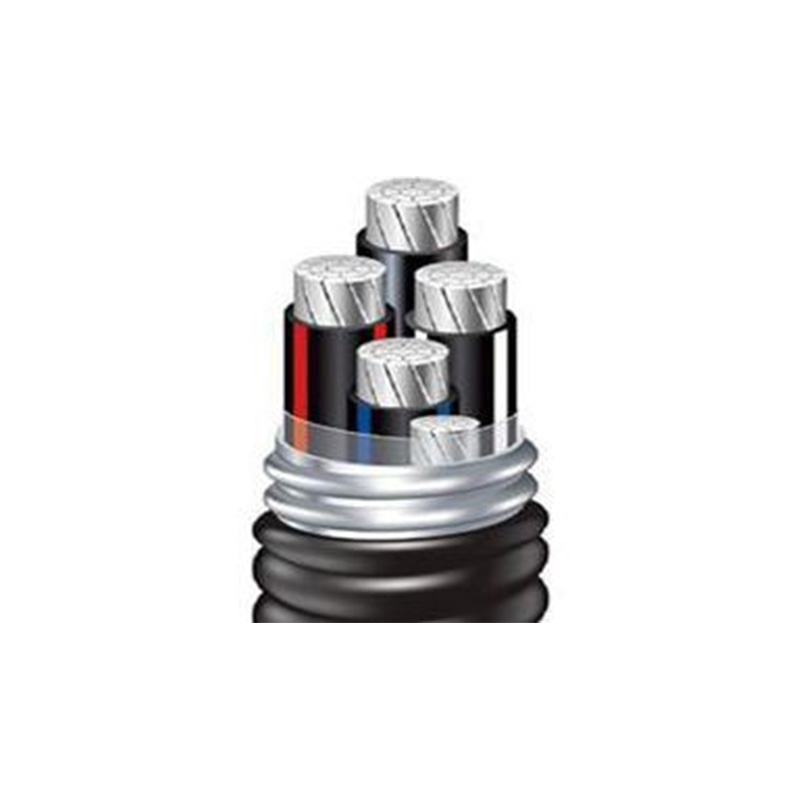Dec . 21, 2024 15:21 Back to list
double flanged gate valve
Double Flanged Gate Valve A Comprehensive Overview
In various industrial applications, the need for reliable and efficient flow control is paramount. Among the myriad of valves used in fluid management systems, the double flanged gate valve stands out for its robust design and functionality. This article delves into the characteristics, benefits, applications, and maintenance of double flanged gate valves.
What is a Double Flanged Gate Valve?
A double flanged gate valve is a type of valve that allows for the regulation of fluid flow through a pipe system. Its construction consists of a valve body with two flanges, which are welded or bolted to the pipeline. This design enables the valve to be securely connected at both the inlet and outlet, providing a tight seal and preventing leaks. The primary operation of the valve involves raising and lowering a gate within the valve body to either allow or block the flow of fluid.
Key Features and Benefits
1. Robust Construction Double flanged gate valves are typically made from durable materials such as stainless steel, cast iron, or bronze, making them suitable for high-pressure and high-temperature applications.
2. Bidirectional Flow The design allows for bidirectional flow, meaning that liquid can pass through the valve from either direction. This flexibility is advantageous in complex piping systems where flow direction may change.
3. Minimal Pressure Drop When fully open, a gate valve provides minimal restriction to flow, resulting in a low pressure drop. This characteristic is essential in applications where maintaining pressure is critical.
4. Ease of Maintenance The straightforward design of double flanged gate valves makes it easy to perform maintenance tasks. Regular inspections and parts replacements can be carried out without the need for extensive disassembly.
5. Reliable Sealing The valve's gate provides a tight seal, which minimizes the risk of leaks. This makes it ideal for applications where leakage could pose safety or environmental hazards.
Applications
Double flanged gate valves are widely used in various sectors, including
- Water Supply and Treatment In municipal water systems, these valves are used to control the flow of water, ensuring an efficient supply to homes and businesses.
double flanged gate valve

- Oil and Gas The oil and gas industry relies on double flanged gate valves for managing the flow of crude oil, natural gas, and refined products in pipelines and processing facilities.
- Chemical Processing Many chemical plants use these valves to regulate the flow of hazardous materials, offering an extra layer of safety with their reliable sealing mechanisms.
- Power Generation In power plants, they help control the flow of essential cooling water and steam, contributing to the overall efficiency of the energy generation process.
Maintenance Tips
To ensure longevity and optimal performance, routine maintenance of double flanged gate valves is essential. Here are a few tips
1. Regular Inspections Conduct regular visual inspections to check for signs of wear, corrosion, or other defects.
2. Lubrication Keep the valve stem and operating mechanism adequately lubricated to prevent seizing and ensure smooth operation.
3. Sealing Surface Maintenance Periodically inspect the sealing surfaces for damage and clean them to ensure a tight seal when the valve is closed.
4. Tightening Fasteners Ensure that all bolts and fasteners are adequately tightened to prevent accidental loosening over time.
5. Testing Regularly test the valve for leaks and operational reliability, especially if it is used in critical applications.
Conclusion
The double flanged gate valve is an essential component in many industrial applications, combining strong construction with effective flow management capabilities. With their reliable performance, ease of maintenance, and versatility, these valves continue to play a crucial role in various sectors, from municipal water systems to the oil and gas industry. Understanding their features, benefits, and proper maintenance will help ensure their effective operation and longevity in any fluid handling system.
Share
-
Reliable Wafer Type Butterfly Valves for Every IndustryNewsJul.25,2025
-
Reliable Flow Control Begins with the Right Ball Check ValveNewsJul.25,2025
-
Precision Flow Control Starts with Quality ValvesNewsJul.25,2025
-
Industrial Flow Control ReliabilityNewsJul.25,2025
-
Engineered for Efficiency Gate Valves That Power Industrial PerformanceNewsJul.25,2025
-
Empowering Infrastructure Through Quality ManufacturingNewsJul.25,2025